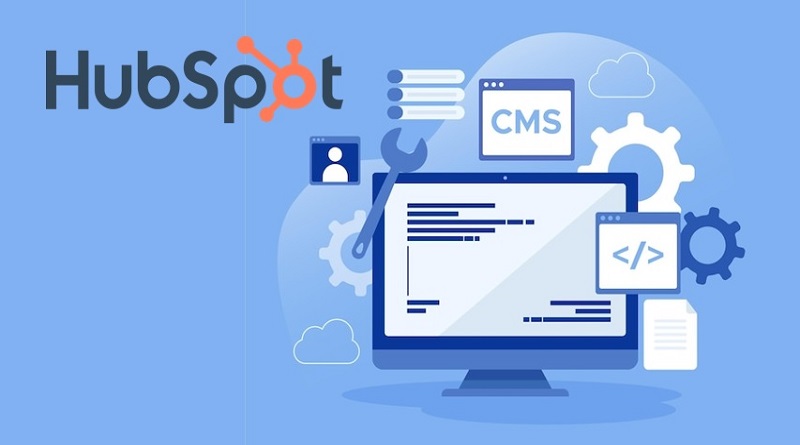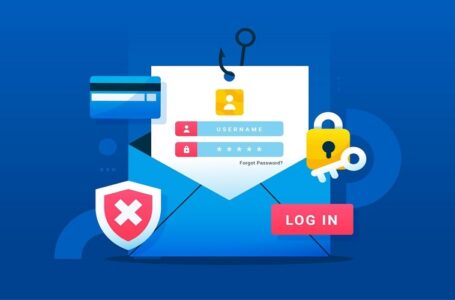Shirofune Enhances Shopify Integration with Google Analytics 4’s Data-Driven Attribution Model
HubSpot releases free CMS with marketing, CRM integrations

HubSpot small-business users are the focus of free CMS, marketing automation, and CRM features after the company spent several release cycles wooing enterprise customers.
HubSpot retooled its free CRM, CMS, and marketing automation offerings for B2B small businesses – including those just setting up shop.
Users of HubSpot’s free-tier CMS -soft-launched on June 15 and generally available today – can set up a website with 25 pages and a blog of up to 100 posts, full code access for users that employ a web developer, as well as drag-and-drop editors and free themes for those who don’t.
The free package also gives marketers new abilities to integrate basic websites with CRM data and perform rudimentary marketing automation tasks that were formerly only available to paid subscribers. These include actions such as triggering emails after a customer fills out a form or other actions that are key to advancing the customer journey for the user. Also newly available are custom domains and premium hosting.
HubSpot courted enterprise customers with upmarket offerings for several years, including a revenue operations feature suite. With this update, the company has returned to its roots and catered to smaller-sized users – a trillion-dollar-plus market – and appears to be less focused on landing “big sexy logos” of large, blue-chip enterprise customers.
– Liz Miller, a Constellation Research analyst.
I would prefer to see HubSpot double down on that core market of small to midsize businesses that are looking to move like enterprise velocity but don’t have that enterprise budget, These users need very specific help, tools, templates, services, and scalability. They need to be able to have a marketing team that appears like it’s 10 people when it’s only one.”
– Liz Miller, a Constellation Research analyst.
B2B market still underdeveloped
Many small businesses have launched in the last couple of years – or were established, but hadn’t set up an online footprint, We don’t want them to focus on managing the system. We don’t want them tinkering under the hood. We want them to be delighting their customers and communicating. We want them out there, doing what they do.”
– Lance Willett, senior director of product management at HubSpot.
HubSpot saw growth in small-business customers during the 2020 pandemic shutdown of in-person business and created these new offerings with those users in mind.
Many small B2B companies have few options for integrated content management, CRM, and marketing, he added. Most in the sector cobble them together with pieces of different applications and publish sites with standalone services such as Wix and Squarespace.
We want people to have a single digital experience for their customers, We don’t want them to focus on managing the system. We don’t want them tinkering under the hood. We want them to be delighting their customers and communicating. We want them out there, doing what they do.”
– Lance Willett, senior director of product management at HubSpot.
The integrated HubSpot free CRM, marketing automation, and CMS package bring the company closer to rival Zoho. Zoho can act as almost a full operating system for a small business, from payroll to web hosting to marketing to CRM to even webinar hosting. Its interface provides a good experience for users and their customers. While many software vendors can provide pieces of the application stack small businesses need, Zoho is the most complete. That’s where HubSpot will find the battle for new customers for its free offering. If HubSpot discounts Zoho, they do so at their peril.”
– Liz Miller, a Constellation Research analyst.
After a user grows out of HubSpot’s free-tier CMS, its Starter subscription ($23/month) adds more web hosting capacity and security features among its capabilities; Professional ($360/month) adds reporting, personalization, A/B testing, and more; and Enterprise ($1,200/month) adds tools like membership (loyalty management), web apps, activity logging, site performance monitoring and other tools for large operations.




